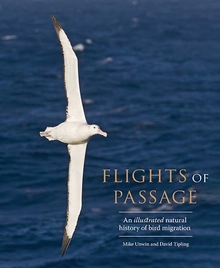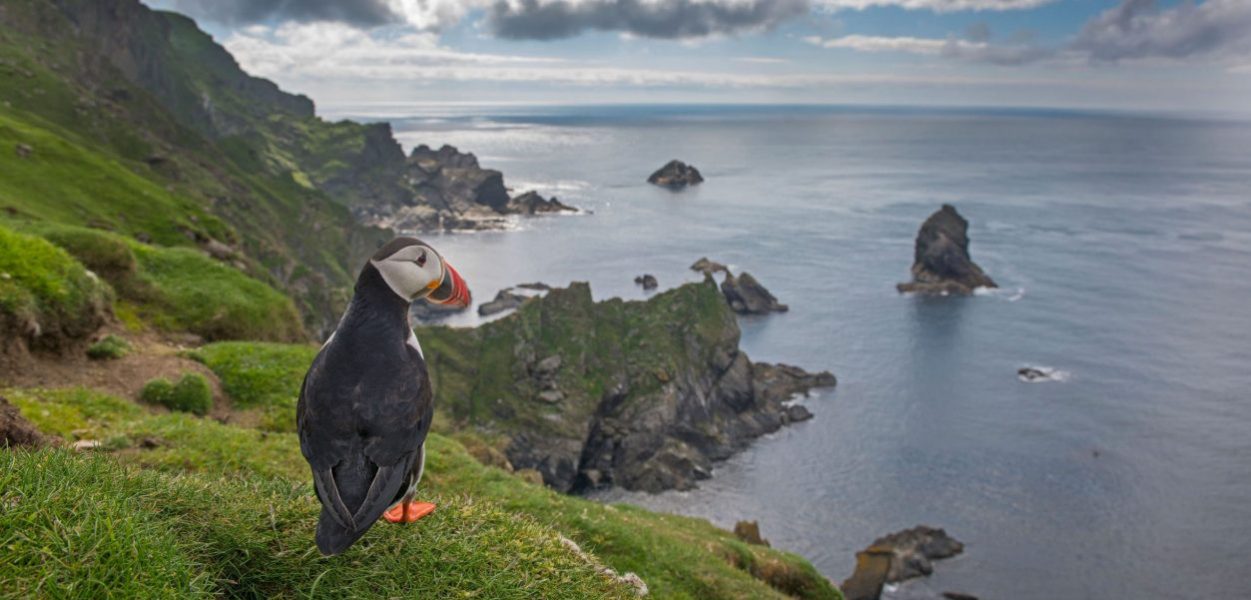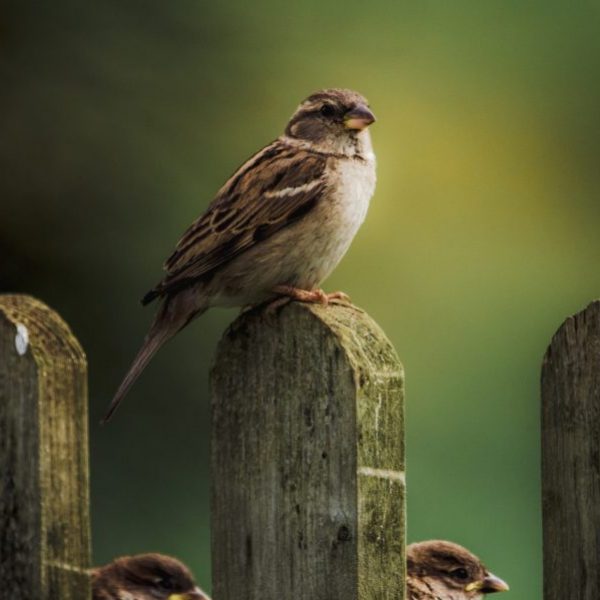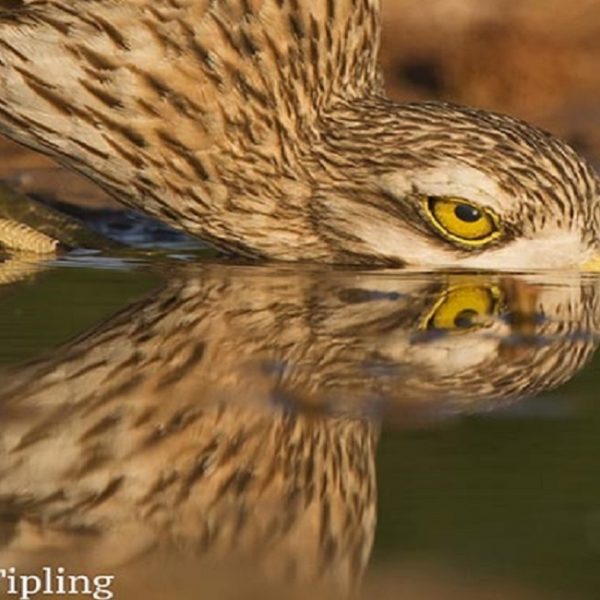Bird Migration and the Pandemic
Mike Unwin—
It’s late May 2020, and I’m sitting in my small back garden on the south coast of England. As I write, Common Swifts are screaming overhead in breakneck flypasts around the neighborhood. These supremely aerial birds are among the last of some fifty Afro-Palearctic migrant species to reach our shores after their annual journey north from sub-Saharan Africa. Here in the UK, the suburban summer skies will provide them with enough airborne invertebrates to raise a brood of chicks. By early August, however, they’ll be gone, heading off on the first leg of a journey that takes them across the Mediterranean and the Sahara to their wintering quarters over the great rainforests of the Congo Basin.
These Common Swifts are not the first Afro-Palearctic migrants I’ve seen this year. A few weeks back, the first Barn Swallows were flitting over my roof, and I heard the first calling Chiffchaffs in the neighborhood. But with most of us going nowhere this summer, courtesy of the COVID-19 pandemic, the arrival of these transcontinental voyagers has an added poignancy; their unrestricted movement through skies now free of vapor trails offers a stark contrast to our own lockdown confinement.
My daily social distancing walks into the local countryside have revealed more migrants: Common Whitethroats chattering from hedgerows; Northern Wheatears flitting along coast paths; the signature two-note call of a passing Cuckoo. And I know that these represent just a tiny slice of the migrant landfall currently swelling the UK’s avifauna. In the highlands of Scotland, Ospreys are refurbishing their huge stick nests; in the damp oak woods of Wales, Pied Flycatchers are darting about the mossy canopy; on the beaches of the Farne Islands, Arctic Terns are hunkering down on camouflaged eggs.
Meanwhile, I’m aware that an equally impressive avian movement has taken place across the pond, with New World migrants travelling up the Americas through the Caribbean and Gulf of Mexico. As I write, householders along the East Coast, also under COVID lockdown, are welcoming back Purple Martins to nest boxes and Ruby-throated Hummingbirds to feeders, while the likes of Eastern Bluebirds and Blackpoll Warblers are bringing song to northern forests that just a couple of months ago were still muffled with winter snows. Indeed, the last couple of months have seen similar movements taking place around the globe—birds crisscrossing the Himalayas, Pacific and Indian Oceans, all heading north to breed.
Human movement may have ground to a halt, our dreams of travel moth-balled, but the natural world has continued to follow its time-honored imperative to move. Countless millions of birds have travelled countless thousands of miles, driven not by economic activity or the need for a vacation, but by the urge to reproduce; to find the northern lands that, during the brief window of summer, will afford them the food and nest sites they require in order to raise a brood, knowing they must complete the job before the window closes and they must return to warmer climes.
On a human level, one positive upshot of COVID incarceration has been, for many, a renewed awareness of these birds. Those unaccustomed to having time on their hands have begun to look upward and outward, discovering anew the natural world around them. A decline in traffic and other human noise has made birdsong more audible, and daily walks, freed from work stresses, have found us exploring green spaces we’d previously rushed past and wondering at what we find there.
The media has caught the mood: a proliferation of stories in print and online is feeding this upsurge in interest, while radio presenters describe putting up feeders and ordering binoculars. Personally, I’ve never before had so many friends asking me about birds. “What’s that amazing song in my garden every evening?” they ask. “I’ve never heard it before!” (Answer: it’s a Song Thrush—and you have heard it before; you’ve just never noticed.)
It’s tempting, given this apparent reversal in fortune between our species and others, to envy migratory birds their apparent freedom. But we should remember that this concept means little to the birds themselves, compelled as they are by biological imperative. After all, the challenges they must overcome are daunting. Tiny bundles of feathers, many weighing less than an ounce, must fly non-stop across oceans and deserts, dodging storms and predators, and navigate by the night sky to precise breeding sites thousands of miles from where they started. Millions don’t make it.
As if these natural challenges weren’t enough, we should also remember that migratory birds are today struggling more than ever because of the additional hurdles we’ve put in their path. Around the world, habitat loss, pollution, uncontrolled hunting, and climate change have caused catastrophic declines in many species. Take the UK’s Afro-Palearctic migrants: since 1995, our population of Turtle Doves has fallen by 88%, Pied Flycatchers by 53%, and Common Cuckoos by 49%, to name just three.
Come the start of August, my neighborhood Common Swifts will be gone, heading back south toward Africa. I don’t know where things will then stand with our own species. Will we still be in lockdown, or will our roads, towns, and skies be opening up again, teeming with travel and industry as we rush to make up for lost time?
The corona pandemic is a catastrophe. For millions around the world it has meant devastating personal loss and economic ruin, and the sooner we can put it behind us, the better. But its enforced hiatus has also provided a period of reflection. Our challenge when “normal service resumes” will be to move forward in a way that is less destructive to the other creatures that share our planet—not least its migratory birds.
Mike Unwin is a celebrated wildlife and travel writer known for his books and journalism, and also a photographer, illustrator, and popular speaker. David Tipling is renowned for his wildlife photographs and writings and is coauthor of the critically acclaimed Birds & People. Their previous books together include The Enigma of the Owl and The Empire of the Eagle.
Further Reading:



























